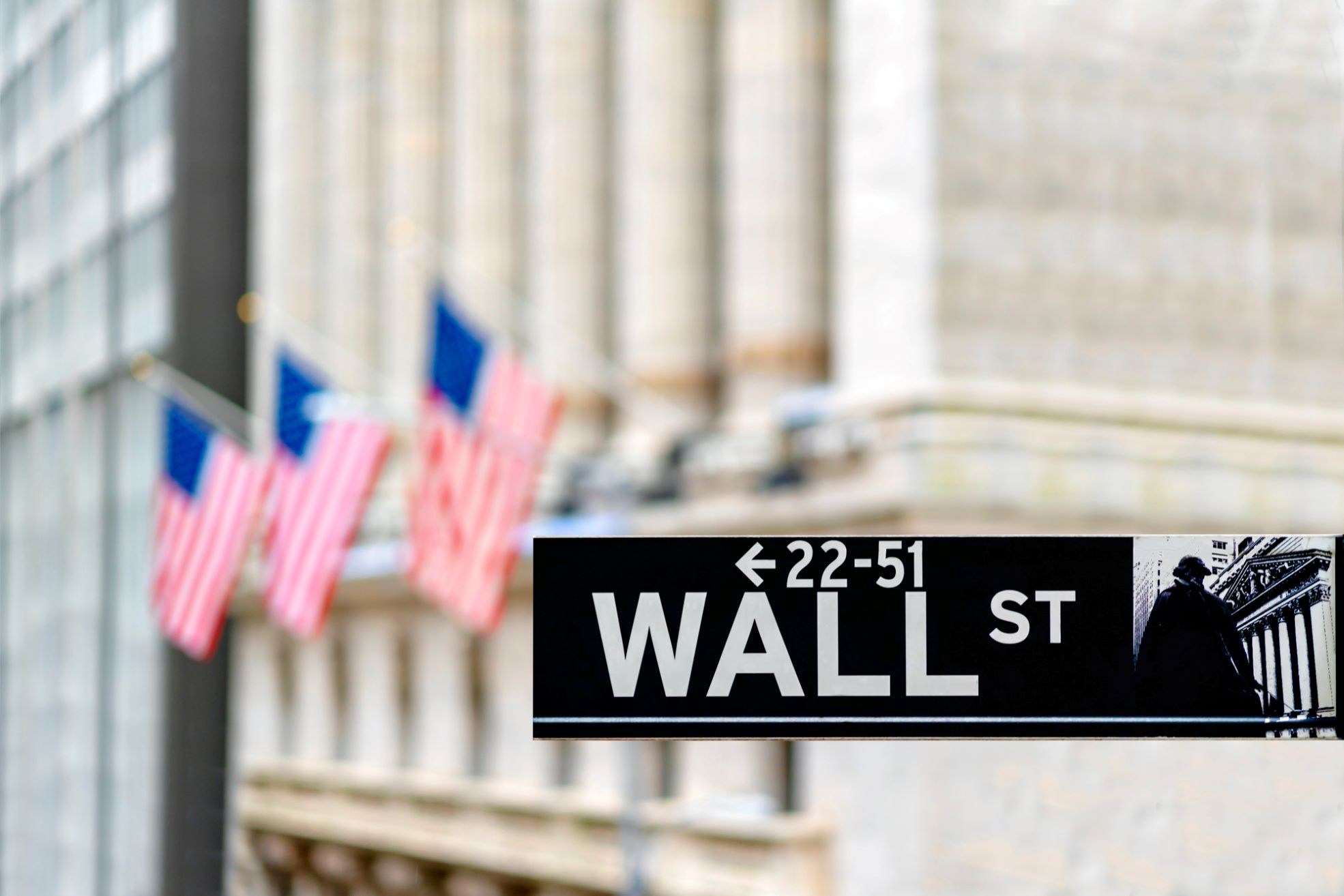The age-old adage in capital markets, “Sell in May and go away,” suggests that the May to October period yields low returns, making it prudent for traders to exit the market during this time. However, a closer examination of Wall Street’s returns during these months reveals a different picture, challenging the validity of this long-standing strategy.
Adam Turnquist, the chief strategist of LPL Financial, conducted a review of the S&P 500 index’s average returns from May to October, starting in 1950. Contrary to the popular belief, the review showed that the yield was not low, but rather positive, standing at 1.7%. A more recent analysis of the last decade (2014-2023) reveals an even more promising trend, with an average return of 4% in the index during the summer months.
Tornqvist suggests that unless investors have alternative investment channels that promise better returns during these months, there is no compelling reason to withdraw investments from Wall Street. Moreover, a closer look at the returns in May alone shows stable, albeit not record-breaking, returns. In 9 out of the last 10 years, the return on stocks in May was positive, with an average of 0.7%. Even in 2019, the only year in the decade with a negative return in May, the market bounced back with a 4.5% return in 2020.
Tom Lee, a strategist at Fundstrat, calculated May’s returns 40 years back and found that since 1985, in 77% of the months, the monthly return was positive. This figure rises to 83% in years when the first quarter of the year ended with gains, but the market experienced a fall in April, like this year.
LPL is not deterred by the fall experienced by the market in April this year, which broke a 5-month streak of gains. In their overall review, they analyzed the average return of the S&P 500 index a year after a fall that interrupted a streak of five months of gains. This phenomenon has occurred 8 times since 1999, three of them since the Corona crisis. According to LPL’s analysis, a year ahead of each of these falls shows a significantly positive return.
A possible explanation for this phenomenon, as provided by LPL, is that the breaking of the rally allows the market to filter between stocks that do not justify the hype and stocks that will meet expectations, before the increases return.
Another relevant segmentation made by the analysts this year refers to an election year in the US. Ryan Detrick of Carson Group Market points out that in election years, a “summer rally” occurs in the stock market before a “November rally,” and that in the summer months, the yield is 2.3% or higher in 78% of the years.
In conclusion, while the “Sell in May and go away” strategy has been a prevalent belief in the capital markets, recent data suggests that the summer months may not be as unprofitable as previously thought. With positive returns in May and the potential for a “summer rally” in an election year, investors may want to reconsider their strategies and not hastily exit the market in May.





0 Comments